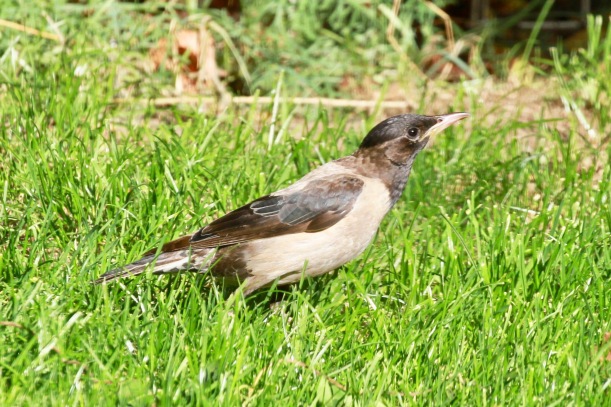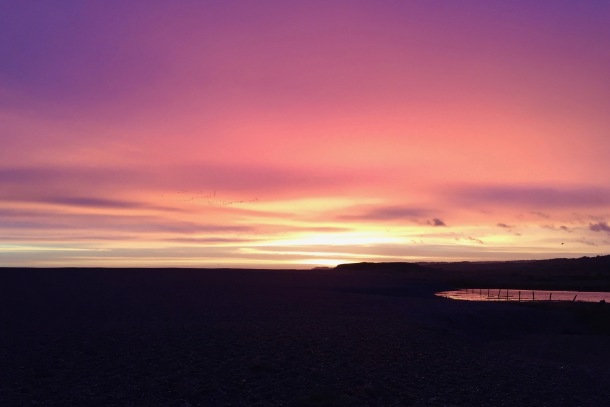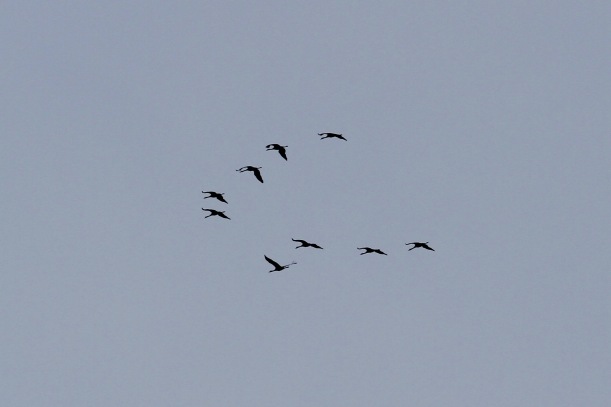
Arguably the best birds of the 2017 / 18 AND year – nine Crane over Felbrigg Hall
A bit later than I’d expected but here it is, my review of the highlights of the fourth year of my Aylmerton Nature Diary.
I think the only new bird species I managed to add to my Felbrigg list during the year were a flock of nine Crane – previously missed on their traditional Spring fly-about from the Broads, Common Tern – much anticipated but surprisingly under-recorded in the park, and an even scarcer species – that infamous Ruff! Other wildlife highlights certainly included two dragonflies – Lesser Emperor and Norfolk Hawker and Otter, which performed well at the lake on several occasions.
Having returned from a month in Australia, the wildlife interest in October 2017 really began for me with an adult Mediterranean Gull – scarce in the park, and Willow Emerald damselfly – a recent colonist, on the 11th. 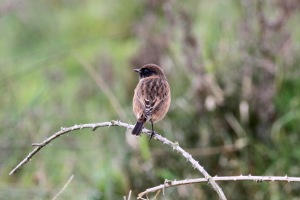
On the 25th a male Stonechat, my second of the year, was a nice find and a Green Sandpiper on 27th brought the month to a close. November highlights included the continued arrival of winter thrushes from 3rd, the return of a small flock of Hawfinch – up to six were seen around The Orangery, gradually reducing in number until the last single bird was seen on the 23rd February… or so we thought!. Amazingly, I saw a lone individual here in the village a month later on 27th March. 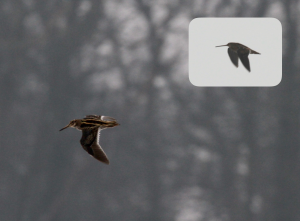 A Jack Snipe on the 27th was the other notable November sighting – small compensation for missing the male Goosander a day or so earlier. December brought yet another ‘dip’, this time in the form of a ‘first for Felbrigg’ – a 1cy Iceland Gull, found by Simon, briefly in the afternoon of the 6th, near the church. (Simon managed to complete the ‘double’ by finding a Glaucous Gull in the Spring, whilst we were away in the States!) The ‘rest of the best’ for December included several obliging Water Rail around the lake and the ‘back gate’ and the reappearance of the two Tufted x Ferruginous hybrids.
A Jack Snipe on the 27th was the other notable November sighting – small compensation for missing the male Goosander a day or so earlier. December brought yet another ‘dip’, this time in the form of a ‘first for Felbrigg’ – a 1cy Iceland Gull, found by Simon, briefly in the afternoon of the 6th, near the church. (Simon managed to complete the ‘double’ by finding a Glaucous Gull in the Spring, whilst we were away in the States!) The ‘rest of the best’ for December included several obliging Water Rail around the lake and the ‘back gate’ and the reappearance of the two Tufted x Ferruginous hybrids. 
The year came to a close with the appearance of a scarce Redshank on Mallett’s Meadow, which stayed into the New Year.
2018 started with mixed fortunes. There were plenty of interesting birds in the area – I managed to clock-up 87 species on the traditional New Year’s Day ‘treasure hunt’, but the month produced few birds of real interest on ‘the patch’. I achieved my 500th AND blog post on the 13th – and then death and destruction. In the strong winds around the 20th the ‘sacred Oak’ – the most reliable location for Little Owl in the park, blew over and a week later a digger moved on to Aylmerton Common, destroying all of the habitat along the length of the Scarrow Beck! February came and went, but the cold snap at the beginning of March did start producing some interesting birds. 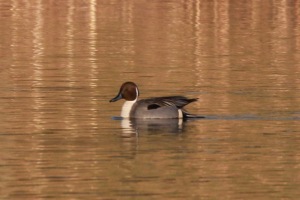
There was a noticeable movement of Lapwing – an uncommon event nowadays and the Jack Snipe was an unexpected rediscovery on the 3rd, a superb male Pintail on the lake on the 6th – only the 4th record, another Stonechat on the 11th and a Marsh Harrier on the 26th brought a better month to a close.
Before heading to the States for our two month-long Great American Bird RoAd Trip, I did mange to find a few decent birds in the park. The 6th April was a ‘Blue Ribbon day’ with the flock of Cranes, Ring Ouzel and a very late ‘first date’ Sand Martin. Swiftly followed on the 8th by Swallow – the day of the Official Launch of The Birds of Felbrigg Park – an intermittent labour of love over the previous couple of years. 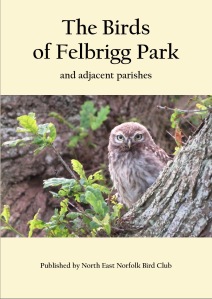 As if in recognition of that event the flock of six Hawfinch made a guest appearance around the hall and remained until 13th April, which was my last day in the park before departure. A singing Willow Warbler and a rubicola – type male Stonechat where a fitting send-off.
As if in recognition of that event the flock of six Hawfinch made a guest appearance around the hall and remained until 13th April, which was my last day in the park before departure. A singing Willow Warbler and a rubicola – type male Stonechat where a fitting send-off.
We left in what seemed like Winter and returned to high Summer. On my first visit to the park, 13th June, I saw an adult Hobby. Further sightings followed until it became clear that these splendid falcons were, once again, breeding in Felbrigg. They eventually produced three young (like the previous year) and were last seen, as a family group, on 16th September. A pair of Shoveler on the 14th and a Lesser Whitethroat on the 19th added more interest until the ‘Felbrigg first’ of Common Tern on the 29th. July birding interest was confined to an unexpected family party of Gadwall on the 9th and the equally unexpected appearance of a family of Spotted Flycatcher around the middle of the month.What July lacked in birds, it made up for in spades with dragonflies – Norfolk Hawker and Lesser Emperor within days of each other! Late July an d early August were notable for return wader passage with Common Sandpiper, Green Sandpiper and Greenshank all present on several occasions. On the 16th a juvenile Cuckoo, found on the NENBC mid-week walk, stayed for over week – my only Cuckoo of the year! On the 20th the first of a run of Marsh Harriers was present over the Weaver’s Way with another, wing-tagged bird following two days later and a third on the 19th September.
d early August were notable for return wader passage with Common Sandpiper, Green Sandpiper and Greenshank all present on several occasions. On the 16th a juvenile Cuckoo, found on the NENBC mid-week walk, stayed for over week – my only Cuckoo of the year! On the 20th the first of a run of Marsh Harriers was present over the Weaver’s Way with another, wing-tagged bird following two days later and a third on the 19th September. 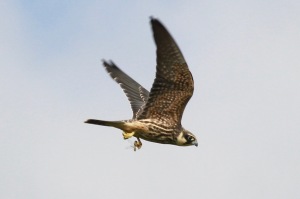
A handsome Whinchat was present at The Warren on the 24th, followed by a long-staying and very approachable Wheatear from the 30th. The final couple of weeks of this review period began with both Sedge and Reed Warbler at the lake on the 2nd September, Grey Wagtail, male Mandarin and Snipe all reappeared in this period and a Mediterranean Gull, ‘following the plough’, at Stone Cross on the 9th neatly brings us full circle.
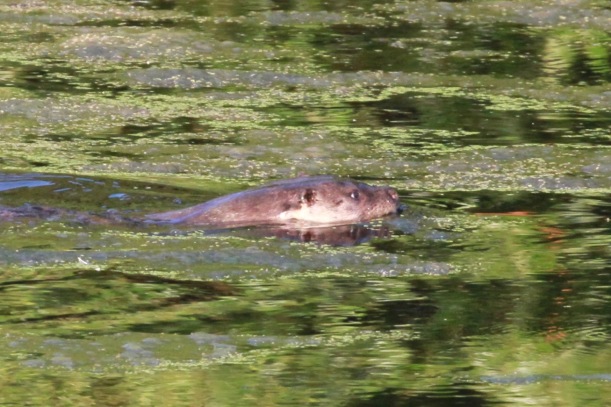
I hope you enjoyed this brief round-up of my wildlife blogging year – I wonder what next year’s highlights will be?
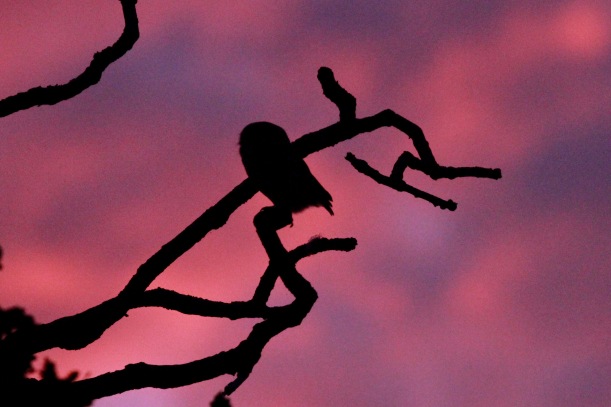



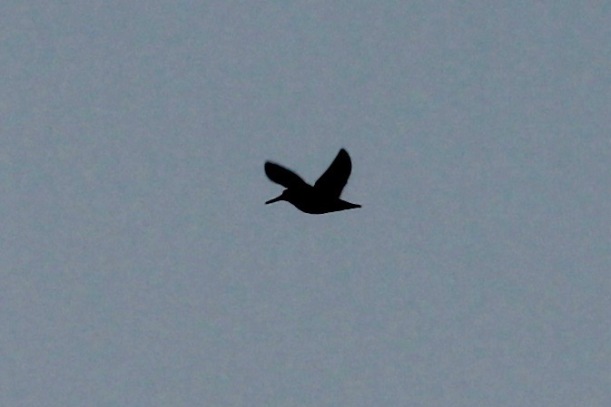
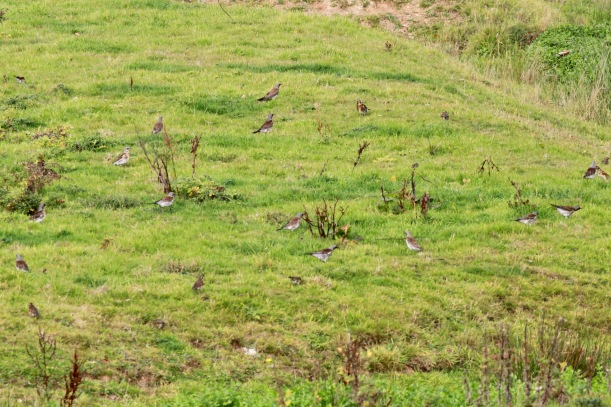



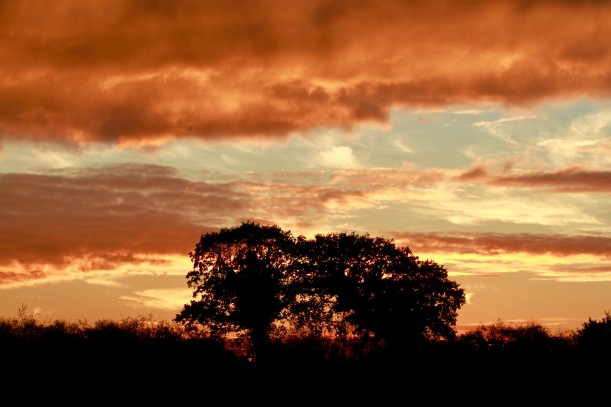
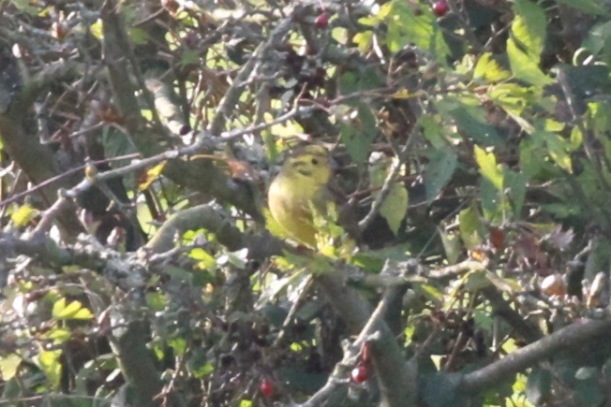
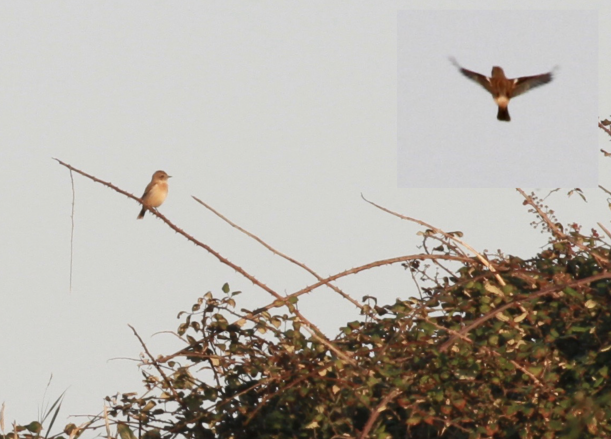

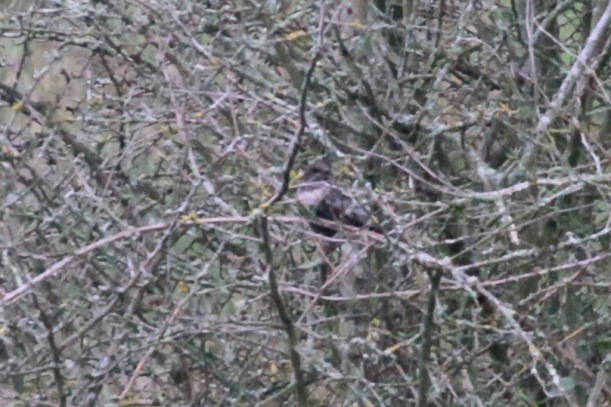
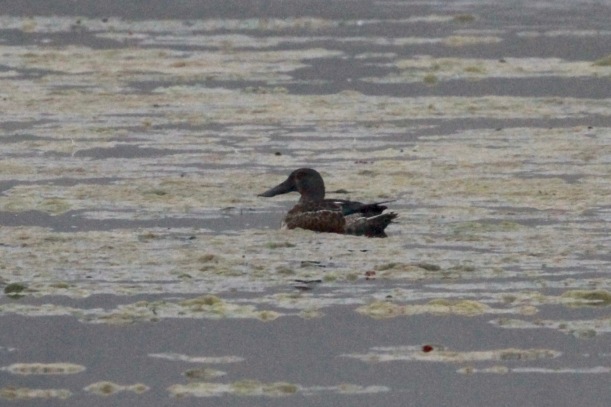
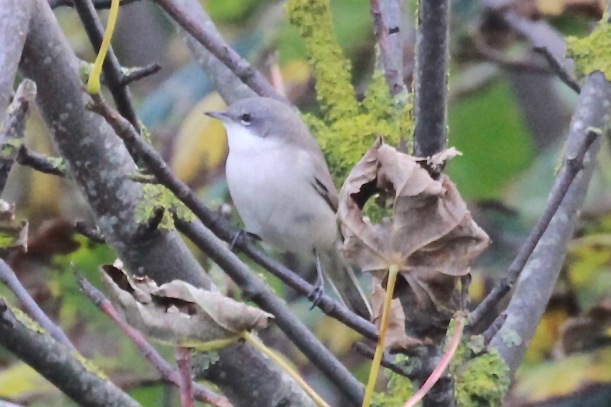
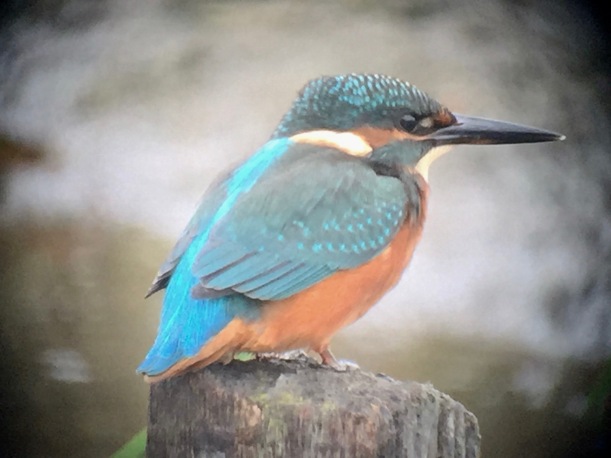


 A Jack Snipe on the 27th was the other notable November sighting – small compensation for missing the male Goosander a day or so earlier. December brought yet another ‘dip’, this time in the form of a ‘first for Felbrigg’ – a 1cy Iceland Gull, found by Simon, briefly in the afternoon of the 6th, near the church. (Simon managed to complete the ‘double’ by finding a Glaucous Gull in the Spring, whilst we were away in the States!) The ‘rest of the best’ for December included several obliging Water Rail around the lake and the ‘back gate’ and the reappearance of the two Tufted x Ferruginous hybrids.
A Jack Snipe on the 27th was the other notable November sighting – small compensation for missing the male Goosander a day or so earlier. December brought yet another ‘dip’, this time in the form of a ‘first for Felbrigg’ – a 1cy Iceland Gull, found by Simon, briefly in the afternoon of the 6th, near the church. (Simon managed to complete the ‘double’ by finding a Glaucous Gull in the Spring, whilst we were away in the States!) The ‘rest of the best’ for December included several obliging Water Rail around the lake and the ‘back gate’ and the reappearance of the two Tufted x Ferruginous hybrids. 

 As if in recognition of that event the flock of six Hawfinch made a guest appearance around the hall and remained until 13th April, which was my last day in the park before departure. A singing Willow Warbler and a rubicola – type male Stonechat where a fitting send-off.
As if in recognition of that event the flock of six Hawfinch made a guest appearance around the hall and remained until 13th April, which was my last day in the park before departure. A singing Willow Warbler and a rubicola – type male Stonechat where a fitting send-off. d early August were notable for return wader passage with Common Sandpiper, Green Sandpiper and Greenshank all present on several occasions. On the 16th a juvenile Cuckoo, found on the NENBC mid-week walk, stayed for over week – my only Cuckoo of the year! On the 20th the first of a run of Marsh Harriers was present over the Weaver’s Way with another, wing-tagged bird following two days later and a third on the 19th September.
d early August were notable for return wader passage with Common Sandpiper, Green Sandpiper and Greenshank all present on several occasions. On the 16th a juvenile Cuckoo, found on the NENBC mid-week walk, stayed for over week – my only Cuckoo of the year! On the 20th the first of a run of Marsh Harriers was present over the Weaver’s Way with another, wing-tagged bird following two days later and a third on the 19th September. 

